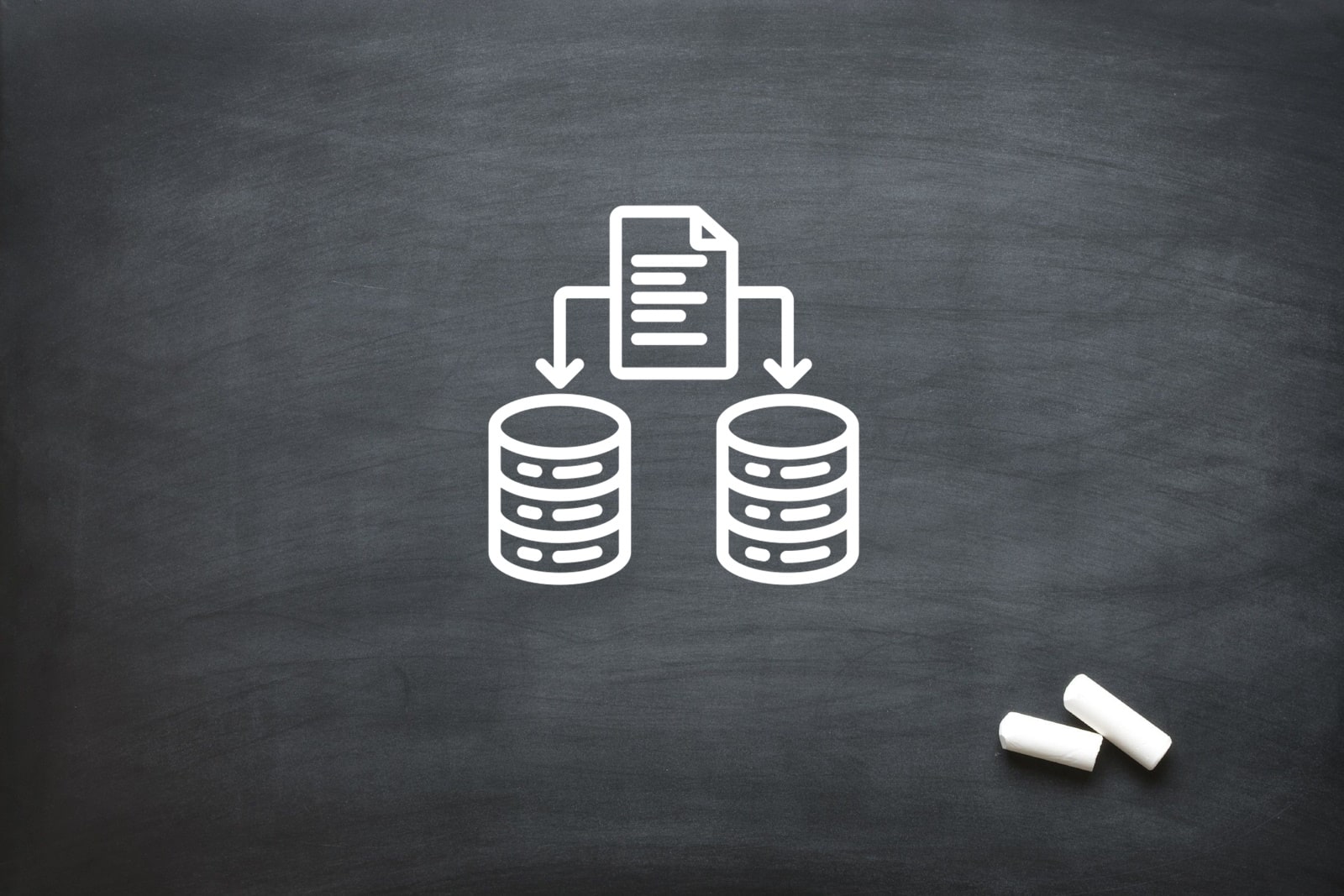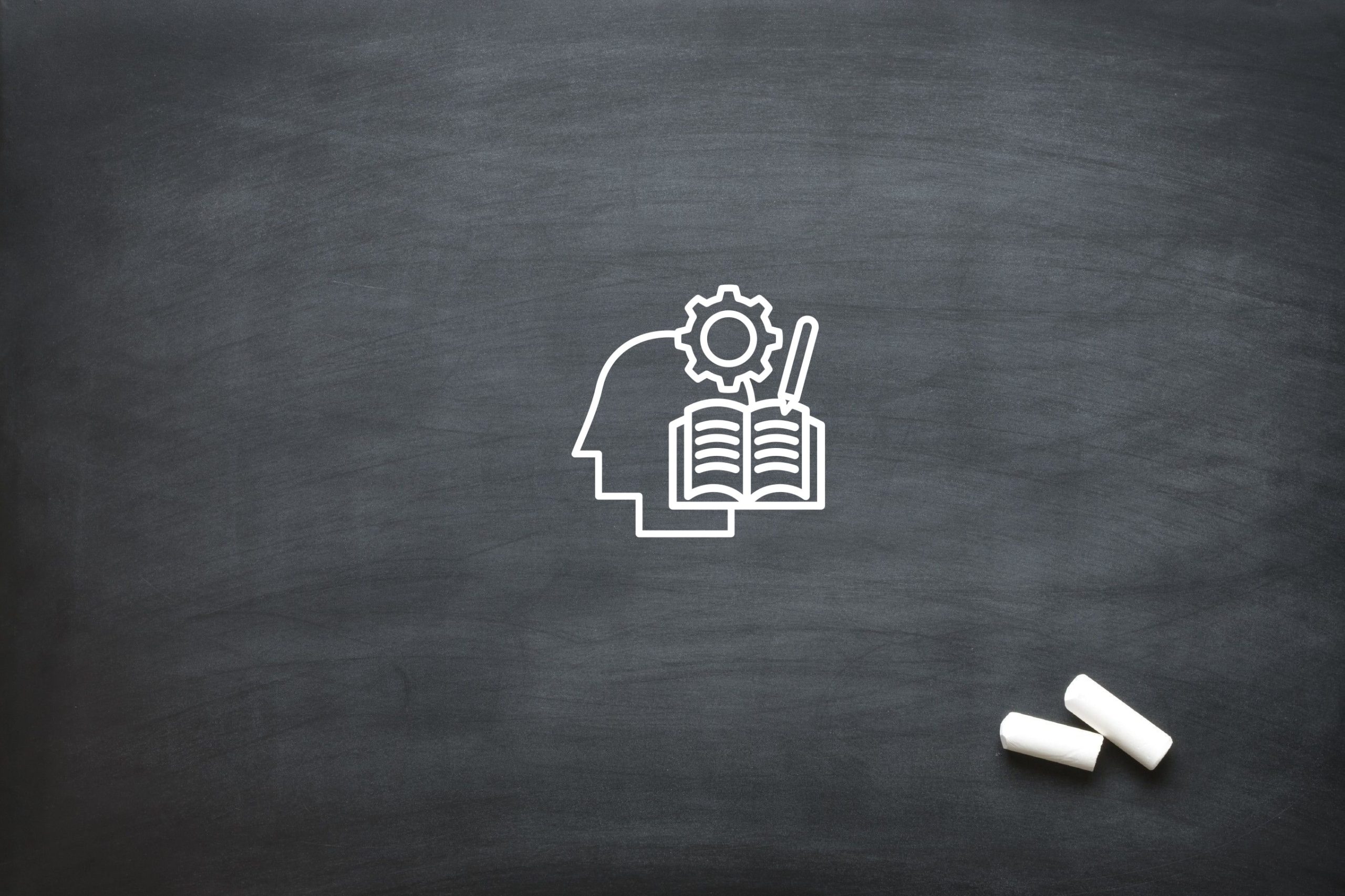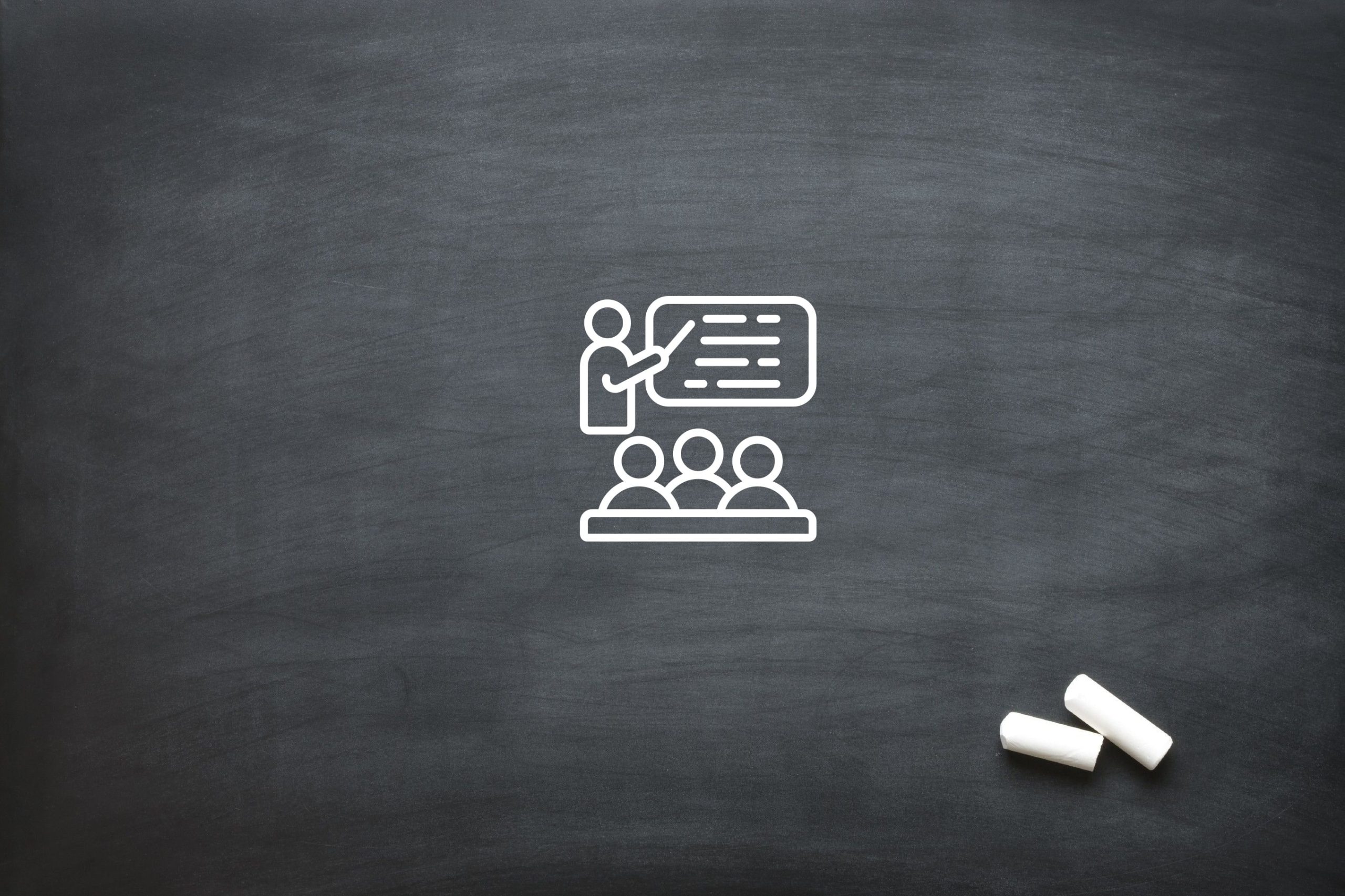
Digital Twins and Learner Management Systems
Digital innovation is reshaping how learners develop skills and progress through training programmes. One of the most promising technologies driving this transformation is the digital twin—a dynamic virtual model of a learner’s abilities, behaviours, and learning patterns. When integrated into learner management systems, digital twins create a continuously updated representation of an individual’s skillset, enabling more precise tracking, personalisation, and predictive insights. This approach moves beyond static assessments and generic course delivery, allowing educators and organisations to cultivate talent with unprecedented accuracy.
The growing adoption of digital twin technology reflects its potential to enhance learner engagement and outcomes. By modelling learning in real time, these systems provide a detailed understanding of how learners interact with content, identify gaps, and optimise their progression. With the global digital twin market projected to reach over $125 billion by 2030, the application of this technology in learner management systems is poised to become a standard in both corporate training and higher education.
Concept of Digital Twins for Learning
A digital twin in the learning context serves as a virtual mirror of an individual’s competencies, habits, and development trajectory. Unlike traditional learner profiles, which are often static snapshots, digital twins continuously adapt to reflect real-time learning data. Within learner management systems, these models track engagement with course content, completion rates, assessment scores, and other behavioural indicators to provide a holistic understanding of learner progress. This dynamic representation supports more accurate decision-making for both educators and learners.
Digital twins also allow institutions to explore how learners respond to different instructional methods. By creating a real-time model of each learner, learner management systems can predict potential challenges, recommend interventions, and adjust the pace or content of learning. This capability ensures that learners are consistently supported, reducing knowledge gaps and increasing motivation to engage with training programmes.
Skill Mapping and Tracking
Integrating digital twins into learner management systems transforms the way skills are tracked and assessed. Traditional learning programmes often rely on periodic testing or manual observation, which may not capture the full picture of a learner’s abilities. Digital twins continuously monitor competencies, learning behaviours, and engagement patterns, creating a dynamic map of strengths and areas for improvement. This allows educators and organisations to implement timely and targeted interventions, ensuring that learners remain on track for skill development.
Real-time tracking also benefits learners by providing detailed insights into their progress. Digital twins highlight emerging strengths and identify skill gaps before they become obstacles, encouraging self-directed learning and informed decision-making. When embedded in learner management systems, these tools provide a level of granularity and responsiveness that significantly enhances learning outcomes and overall engagement.
Predictive Career Path Modelling
Digital twins extend the functionality of learner management systems by enabling predictive career path modelling. By analysing historical performance data and current learning behaviours, these systems can forecast potential skill growth and future career trajectories. For example, a learner who consistently demonstrates aptitude in analytical tasks can receive guidance on pathways to leadership or specialised technical roles. This forward-looking capability aligns individual development with organisational needs, ensuring both personal and professional growth.
Additionally, predictive modelling allows for scenario planning within learning programmes. Digital twins can simulate the effects of different learning interventions, helping educators determine which training methods are most likely to achieve desired outcomes. By integrating these insights into learner management systems, organisations can make proactive decisions about workforce development, succession planning, and strategic training investments.
Personalised Learning Pathways
Personalisation is a critical advantage of digital twins in learner management systems. Each learner receives a customised learning experience based on their skills, habits, and preferences. Content recommendations, assessments, and learning schedules are tailored to individual needs, ensuring that learners engage with material that is both relevant and challenging. This approach maximises motivation, accelerates skill acquisition, and fosters a deeper understanding of subject matter.
Digital twins also enable adaptive learning strategies. As learners progress, the system continuously adjusts recommendations, maintaining appropriate levels of difficulty and exposure to new topics. By embedding this level of personalisation in learner management systems, organisations can create more engaging and efficient learning experiences that accommodate diverse learning styles and career goals.
Simulation of Learning Scenarios
Another valuable application of digital twins within learner management systems is the simulation of learning scenarios. These simulations allow educators to test how learners respond to various instructional methods or challenges in a controlled virtual environment. Learners can experiment, practice new skills, and receive feedback without the risk of real-world consequences. This fosters confidence, encourages exploration, and supports experiential learning.
Simulations also provide educators with actionable insights. By observing how learners interact with different scenarios, trainers can identify patterns, refine curricula, and optimise instructional strategies. This iterative process ensures that learner management systems not only deliver content but also continuously improve the effectiveness of learning interventions.
Integration with LMS and HR Systems
The value of digital twins is maximised when fully integrated with learner management systems and workforce management platforms. Synchronised data provides a complete view of learner performance, linking educational outcomes with HR metrics such as career progression, talent retention, and skills alignment. This integration allows organisations to make strategic decisions informed by real-time insights, ensuring that learning initiatives align with broader workforce goals.
Integrated systems also streamline administrative processes. By connecting digital twin data across learning and HR platforms, organisations reduce redundancies, improve data accuracy, and create more efficient reporting structures. This ensures that learner management systems serve not only as learning platforms but as strategic tools for organisational development.
Feedback and Performance Analytics
Continuous feedback is a hallmark of effective learner management systems enhanced by digital twins. Real-time analytics provide learners with meaningful information about their progress, highlighting strengths and identifying areas for improvement. Educators can also access comprehensive performance reports, enabling them to fine-tune training programmes and make informed instructional decisions.
Data visualisation tools further enhance the utility of digital twins, presenting complex information in accessible formats. Learners gain clarity on their progress, while trainers and managers can identify broader trends and patterns. The combination of continuous feedback and advanced analytics ensures that learner management systems deliver measurable outcomes and drive continuous improvement.
Ethical Considerations and Privacy
The implementation of digital twins within learner management systems requires careful attention to ethics and privacy. Protecting sensitive learner data is paramount, requiring robust security protocols and transparent data governance practices. Learners should be fully informed about how their data is collected, stored, and used, with explicit consent provided for all purposes.
Equally important is addressing potential biases in algorithms and data interpretation. Ensuring fairness and equity in learning recommendations is essential to creating an inclusive environment. Ethical implementation of digital twins enhances trust, safeguards learner rights, and ensures that learner management systems remain effective and responsible.
Digital twins represent a transformative advancement in learner management systems, enabling real-time skill mapping, personalised learning, predictive career modelling, and immersive simulations. By integrating these technologies, organisations can provide highly customised, data-driven learning experiences that drive engagement, skill development, and strategic workforce outcomes.
At Oliver Karstel Creative Agency, we specialise in helping organisations harness the full potential of digital twin technology within their learner management systems. Contact us today to explore how we can tailor innovative learning solutions for your unique needs and create future-ready learning environments for your workforce.






